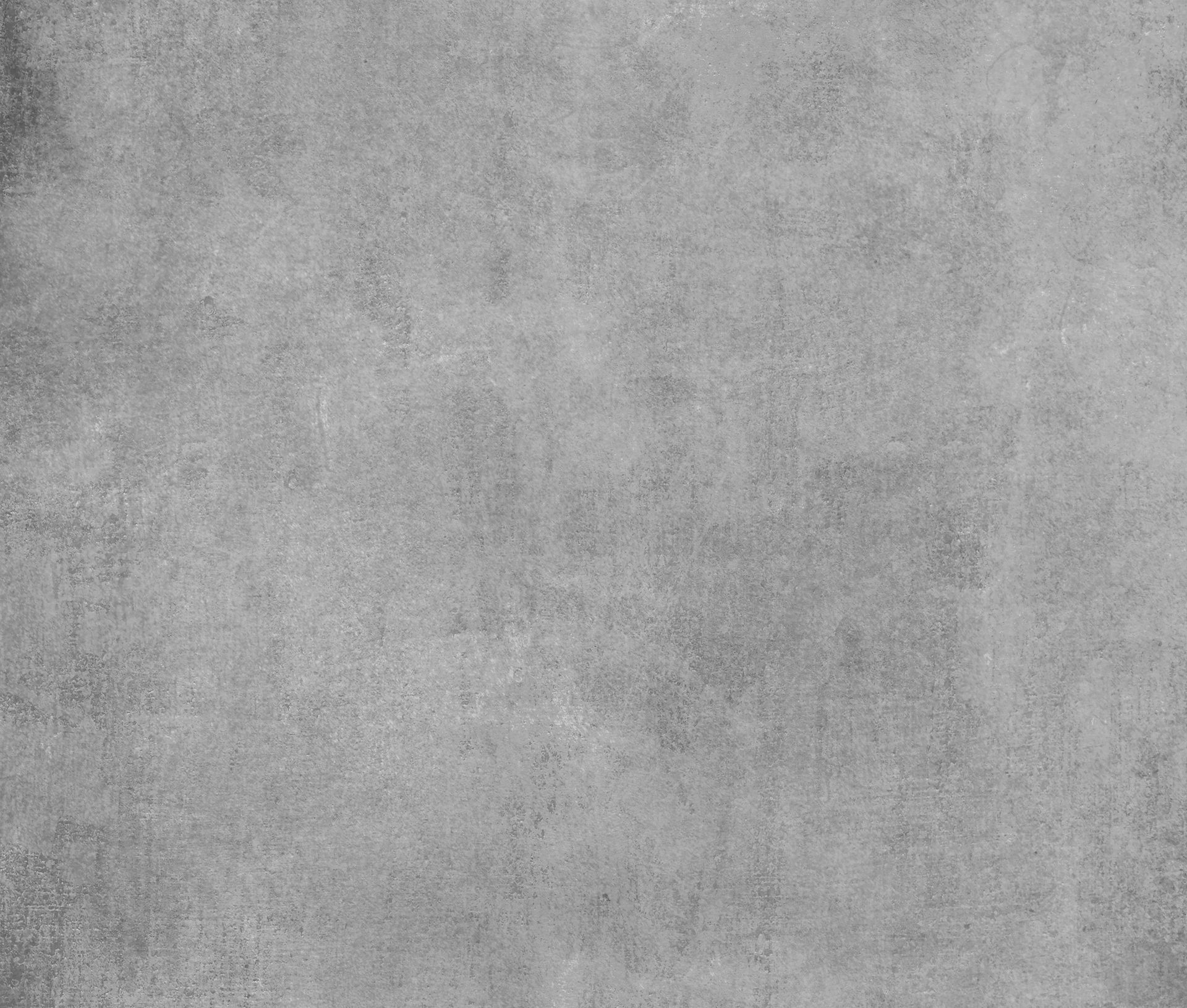What’s the Difference Between a Director and a Cinematographer?
- BazAct

- Aug 20
- 2 min read
In every movie, short film, or school project, there are two creative leaders who shape what we see on screen: the director and the cinematographer. These two roles often work side by side, but they are not the same. Understanding what each one does is essential for any young filmmaker starting out in a film acting class, drama class, or filmmaking course in Dubai.
The Director: Storytelling Leader
The director is the person in charge of the overall vision of the film. They guide the story, the performances, and how each scene should feel. From working with actors to shaping emotional tone, the director is responsible for making sure the story is told in a clear, compelling way.
A director’s main jobs include:
• Interpreting the script and setting the tone of the film
• Guiding actors in their performances
• Working with the crew to plan how scenes should be shot
• Making final decisions about how the story is told on screen
Directors are creative decision-makers. They lead rehearsals, shape pacing, and ensure that each scene moves the story forward. In a student film or short project, the director is often also the writer or editor, especially when the crew is small.
The Cinematographer: Visual Expert
The cinematographer—also known as the Director of Photography (DP)—is in charge of how the film looks. They work closely with the director to translate the story into visual images using camera angles, lighting, movement, and lens choices.
A cinematographer’s responsibilities include:
• Deciding how to light each scene
• Choosing camera angles and movement
• Working with the camera crew and gaffer (lighting technician)
• Creating a visual style that matches the director’s vision
If a director says a scene should feel “nervous” or “peaceful,” it’s the cinematographer’s job to figure out how to make that happen visually. That might mean using shadows, soft lighting, or a shaky handheld camera.
How They Work Together
The director and cinematographer collaborate closely throughout the filmmaking process. In pre-production, they discuss the look of the film and create shot lists or storyboards. On set, the director focuses on the actors and story, while the cinematographer focuses on lighting and camera work. In post-production, their choices shape the final edit.
Even in a student film, this teamwork is essential. For example, if a director wants a tense scene at sunset, the cinematographer has to figure out how to capture that light before it disappears.
Why It Matters for Teen Filmmakers
When you’re starting out, you might take on both roles. That’s normal in a film acting class or drama class. But learning the difference between these two jobs will help you become a better collaborator—and a stronger storyteller.
Whether you’re acting in front of the camera or directing behind it, knowing how story and visuals come together is key to making great films.
Final Thought
Great films are made by great teams. The director shapes the story. The cinematographer shapes the image. Both are artists—and both are essential.






Comments